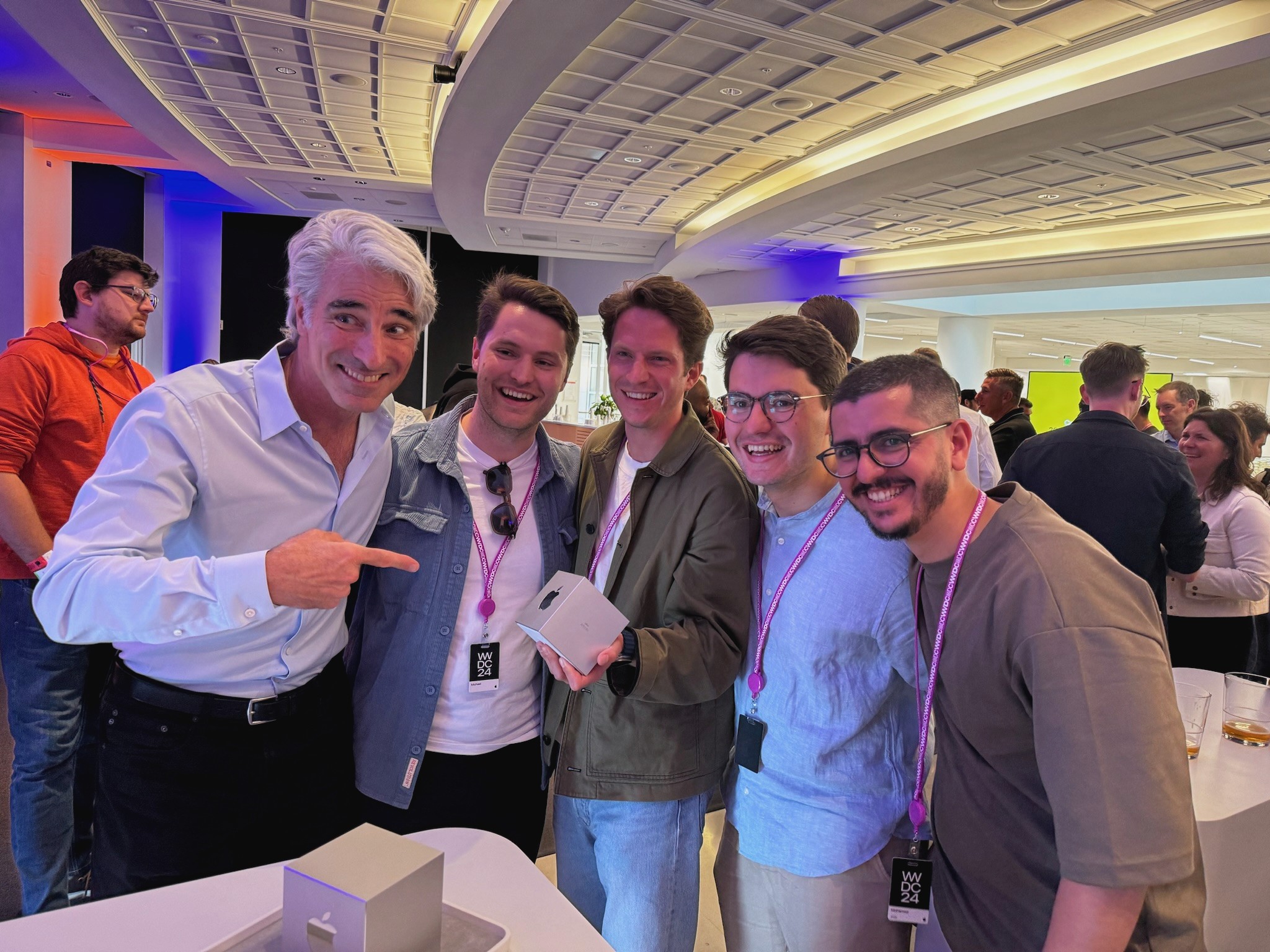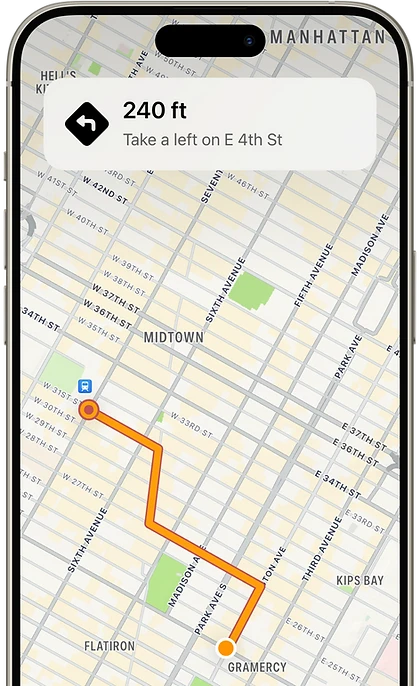2024 Apple Design Award and App of the Year team.
2024 Apple Design Award and App of the Year team.









Meet Oko. Pedestrian navigation powered by AI.
Meet Oko. Pedestrian navigation powered by AI.
Meet Oko. Pedestrian navigation powered by AI.
Navigating a city as a pedestrian should be seamless, enjoyable, and efficient. With Oko, we've revolutionized the pedestrian experience by addressing the top challenges faced by urban explorers using traditional maps.
Navigating a city as a pedestrian should be seamless, enjoyable, and efficient. With Oko, we've revolutionized the pedestrian experience by addressing the top challenges faced by urban explorers using traditional maps.
The most accurate and detailed walking directions.
Never miss a step
Say goodbye to getting lost or taking longer routes. Our advanced mapping technology ensures that you always have the most accurate and up-to-date walking directions. With Oko, you can confidently navigate the city using the safest, and most accessible turn-by-turn walking directions.


Never miss a step
Never miss a step
Say goodbye to getting lost or taking longer routes. Our advanced mapping technology ensures that you always have the most accurate and up-to-date walking directions. With Oko, you can confidently navigate the city using the safest, and most accessible turn-by-turn walking directions.

The most accurate and detailed walking directions.


The most accurate and detailed walking directions.
Cross the street using AI
Cross the street using AI
Recognize pedestrian signals using artificial intelligence. Simply raise your phone and Oko will notify you when the walk sign is on.
Recognize pedestrian signals using artificial intelligence. Simply raise your phone and Oko will notify you when the walk sign is on.


Our AI models run locally on your device so you don't have to worry about a WiFi or Cellular connection.
On device processing

Audio, vibration and visual feedback is used to relay visual information to you.
Custom feedback




AI assistance along your route.
AI assistance along your route.
AI assistance along your route.


On device processing
Our AI models run locally on your device so you don't have to worry about a WiFi or Cellular connection.
Audio, vibration and visual feedback is used to relay visual information to you.
Custom feedback
Custom feedback





On device processing
Our AI models run locally on your device so you don't have to worry about a WiFi or Cellular connection.
Cross the street using AI


Recognize pedestrian signals using artificial intelligence. Simply raise your phone and Oko will notify you when the walk sign is on.






Jeffrey
Denver, Colorado
Jeffrey
Denver, Colorado
Jeffrey
Denver, Colorado
”In 2011 I was walking in Orlando and was hit by an SUV, which resulted in a herniated disc. This still effects me everyday. Since that day I was always paranoid crossing the streets. Thanks to Oko I gained a much higher confidence level that I haven’t felt in years.
This is an absolute game changer for our safety”
”In 2011 I was walking in Orlando and was hit by an SUV, which resulted in a herniated disc. This still effects me everyday. Since that day I was always paranoid crossing the streets. Thanks to Oko I gained a much higher confidence level that I haven’t felt in years.
This is an absolute game changer for our safety”
”In 2011 I was walking in Orlando and was hit by an SUV, which resulted in a herniated disc. This still effects me everyday. Since that day I was always paranoid crossing the streets. Thanks to Oko I gained a much higher confidence level that I haven’t felt in years.
This is an absolute game changer for our safety”

Why people love Oko.
Why people love Oko.
Why people love Oko.
Copyright © 2025 AYES Inc. All rights reserved.
Copyright © 2025 AYES Inc. All rights reserved.
Social Media
Legal
Legal
Copyright © 2025 AYES Inc. All rights reserved.



